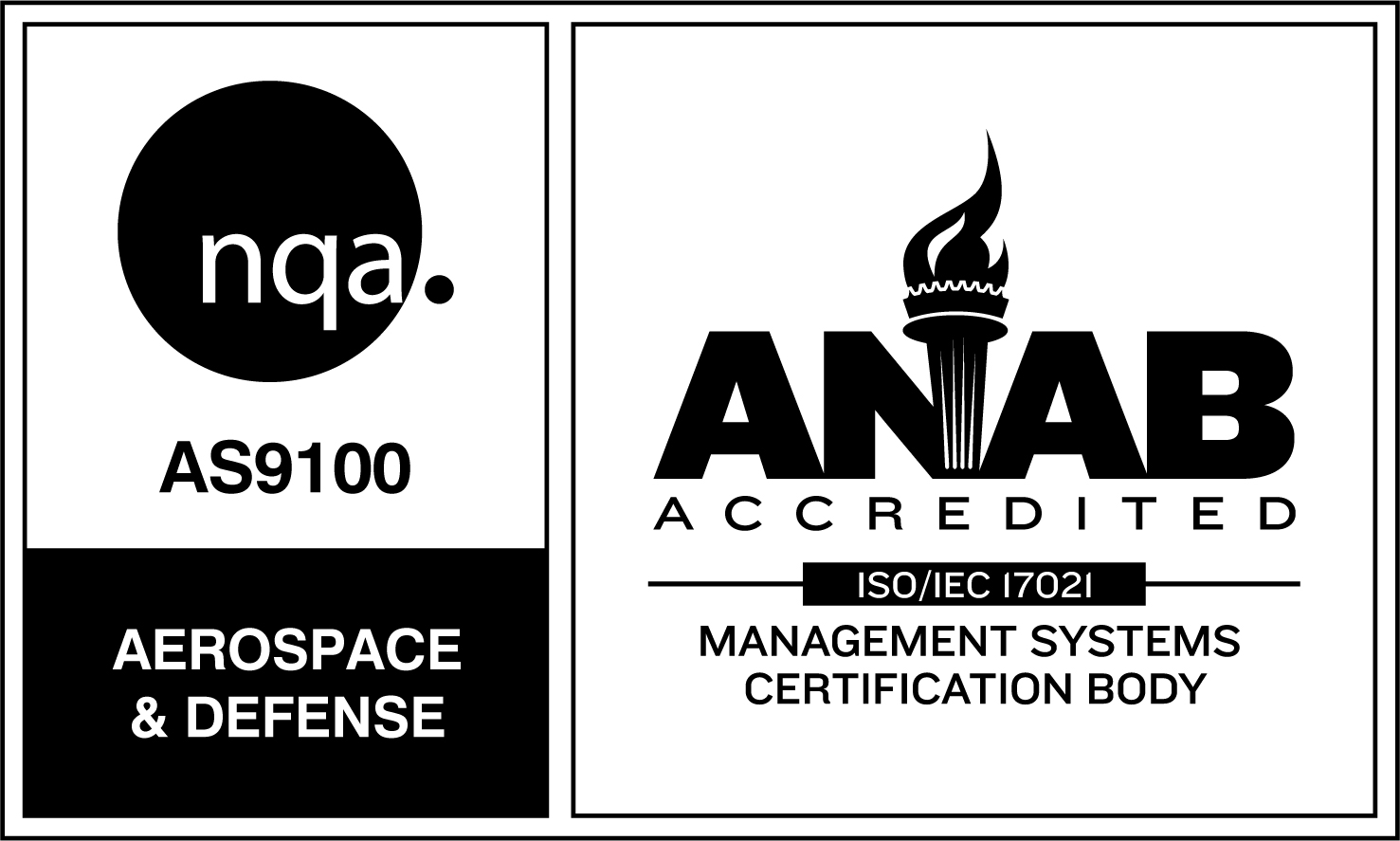Heat treating shops can lower costs for themselves and their customers by processing several jobs at once. But batch processing comes at a cost. For many customers, the downsides wipe out any cost benefit of putting their jobs into a furnace with other customers’ products.
At Thermal-Vac, our standard procedure is to complete each heat treating project independently. Let’s look at why that is.
Batch jobs are about efficiency.
A number of techniques and furnaces are used to heat treat components, taking into consideration factors such as the component materials. Heat treating can be completed for a number of reasons, which include manipulating an alloy’s strength, hardness, or elasticity.
The primary reason a heat treating facility might want to combine several jobs together in a single process is to reduce the energy and labor inputs associated with the overall operation. Heat treating furnaces operate at extremely high temperatures, typically with several cycles of heating and cooling. Reaching and maintaining the necessary temperatures involves significant energy costs. Specialist technicians must monitor the process throughout.
From the operator’s perspective, putting several customers’ components into the same furnace represents a cost saving. It also can allow for more work to flow through the furnace over the course of a week. In a sense, heat treating is a commodity service, and operators face competitive pressure to complete as many jobs as possible.
Batch jobs are often not in the customer’s best interest.
The operator’s cost-saving strategies can come at the expense of quality.
Although heat treating is on one level a relatively simple process—in a crude form it has been around as long as blacksmithing—at another level it is quite complex. The aim of heating an alloy to very high temperatures is to induce changes in its microstructure. Done with accuracy, heat treating allows manufacturers to fine-tune important features of components for a product’s intended purpose.
By putting several different projects together in a single heat treating process, an operator introduces a number of extra variables that can undermine the quality of outcomes for all the components:
- Loss of precision. To achieve precise results, heating and cooling cycles need to be tuned to the particular components in the furnace. It’s rare for two simultaneous projects to need exactly the same technique, timing, and temperatures.
- Contamination. Depending on the type of heat treating process, cross-contamination can occur between different components in a furnace or during quenching cycles. Contamination can leave visible discoloration, and in the worst cases can weaken alloys.
These and other risks are why Thermal-Vac opts to do every heat treating job separately. Our customers tend to bring us highly engineered components, built to exact standards. When parts need to be treated according to precise industry standards, as is the case for components in the defense and aerospace industries, doing the work the right way is always more important than doing it cheaply.
In our experience the potential benefits of throwing several jobs into a single heat treating process are outweighed by the risk to quality. In our work, there’s no point doing it if it isn’t done right.
Thermal-Vac provides heat treating services to a broad range of businesses in Southern California’s manufacturing industry. Want to learn more about heat treating, or have questions about how Thermal-Vac can help your business solve its manufacturing challenges? Give Thermal-Vac a call. We love talking about this stuff.


